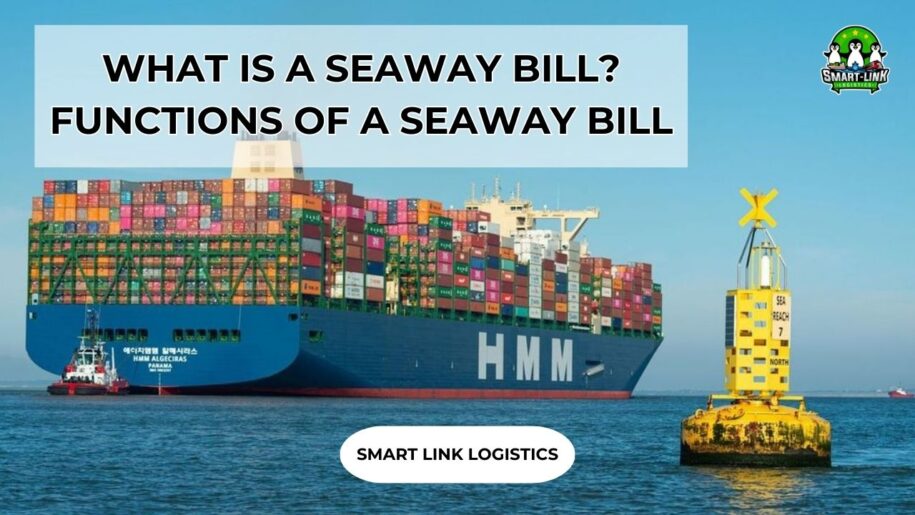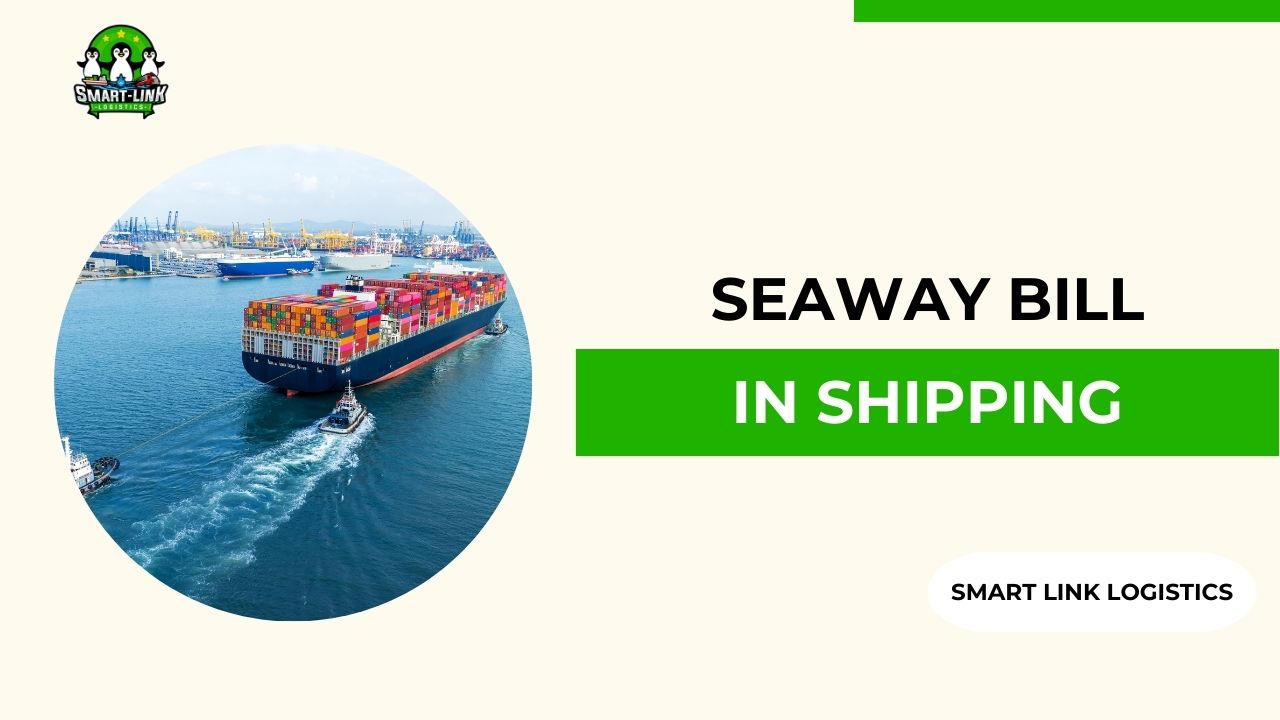
WHAT IS A SEAWAY BILL? FUNCTIONS OF A SEAWAY BILL
Seaway Bill is a crucial and commonly used document in maritime transport, especially in container shipping. So, what exactly is a Seaway Bill, and what role does it play in import-export activities? Let SmartLink guide you through some essential information about Seaway Bills in the article below!
1. What is a Seaway Bill?
A Seaway Bill is a document used for the transportation of goods by sea. It is issued by the carrier or their agent to confirm the quantity, type, and quality of the goods being shipped.
2. Types of Seaway Bills
Based on the notes about the goods on the bill, Seaway Bills can be classified into two types:
- Clean Bill of Lading (Clean B/L): A bill without any notation of defects in the goods or packaging.
- Unclean Bill of Lading (Unclean B/L): A bill that notes defects in the goods or packaging, such as torn packaging or wet goods.
Based on the status of goods receipt, Seaway Bills can be divided into:
- Shipped on Board Bill of Lading: Issued after the goods have been loaded onto the ship.
- Received for Shipment Bill of Lading: Issued before the goods are loaded onto the ship; this bill does not include the name of the vessel or the date of loading.

3. Functions of a Seaway Bill
It serves three main functions:
- Proof of Receipt: Evidence that the carrier has received the consignment.
- Contract of Carriage: Proof of the carriage contract.
- Document of Title: Confirms ownership of the goods.
4. Key Contents
The front side of a Seaway Bill typically includes the following key details:
- Title of the Bill of Lading
- Bill of Lading Number
- Name of the Carrier
- Name and Address of the Shipper
- Name and Address of the Consignee
- Notify Party
- Place of Receipt
- Place of Delivery
- Port of Loading
- Port of Discharge
- Vessel Name and Voyage Number
- Goods Information: Marks, Quantity, etc.
- Total Freight Payable
- Place and Date of Issue
The back side of the bill contains standard terms and conditions prepared and pre-printed by the carrier. Some of these include:
- General Conditions
- Carrier’s Responsibilities and Obligations
- Freight Charges and Surcharges
- Carrier’s Exemptions from Liability, etc.
5. The Seaway Bill Issuance Process
- Sign a contract and book space with the shipping line.
- After receiving the booking note, send the booking confirmation to the shipping line.
- The shipper sends the shipping instructions to the shipping line for the draft bill preparation.
- The shipping line sends the draft bill to the shipper for confirmation before issuing the final bill.
- Once the goods arrive at the port of destination, the shipping line will send an Arrival Notice (A/N) to the consignee for pickup.
- The consignee handles the procedures with the shipping line to receive the Delivery Order (D/O).
- The company named in the Consignee section brings the letter of introduction (or proof of being the consignee) to take delivery of the goods.
The above provides essential information about Seaway Bills. We hope this information will be helpful to individuals and businesses involved in import-export activities. At SmartLink, we are committed to offering services and solutions that help your goods reach global markets with dedication and customer support. We take pride in being a reliable partner with over 13 years of experience in the logistics industry.
Hotline: + 84 935 766 039 to know more about our services

If you require assistance with international import and export of goods, please contact our team at Smartlink Logistics. We are available to provide you with professional guidance on our services and the necessary customs procedures.
SMART LINK: BEST SERVICE BEST YOU


































